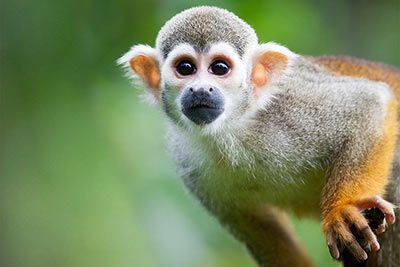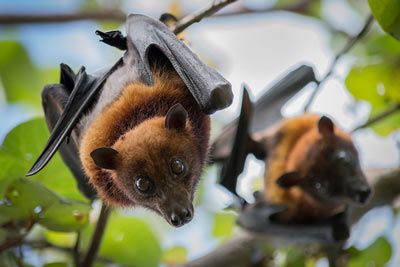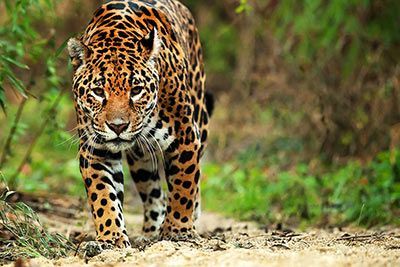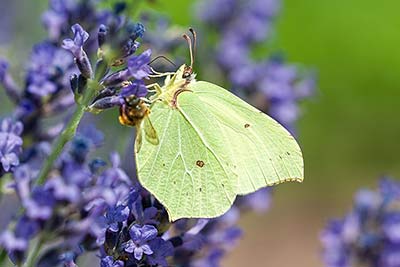Armadillo
Armadillo Facts
| Size | Up to 3.2 ft (1 m) |
| Speed | Up to 30 mph (48 km/h) |
| Weight | 8.8-66 lb (4-30 kg) |
| Lifespan | 4-12 years |
| Food | Ants, termites |
| Predators | Bears, wolves, coyotes |
| Habitat | Central and South America |
| Order | Cingulata |
| Family | Armadillos |
| Scientific name | Dasypodidae, Chlamyphoridae |
| Characteristics | Thick leathery armour shell |
Main Characteristics
Armadillos are armored mammals and belong to the order of the xenarthrans, which have additional vertebral extensions (additional joints). There are 21 species, which live in the semi-deserts, savannahs and steppes of America.
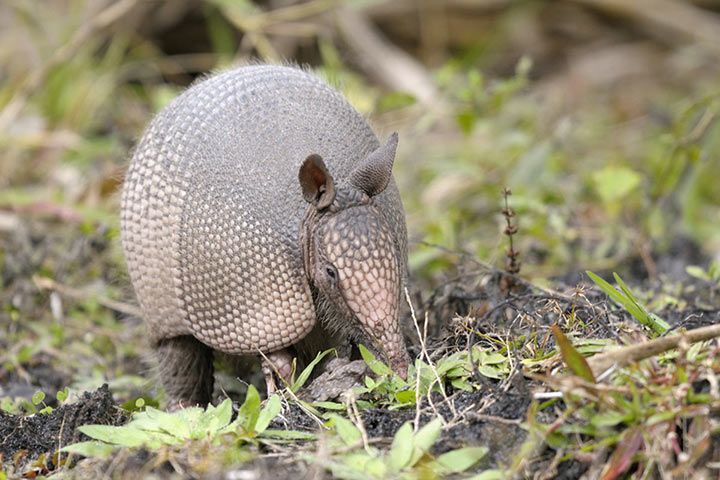
Anatomy and Appearance
What Is the Armadillo’s Armor Made Of?
We know that a rhino’s horn isn’t actually made of bone but of the same material as our hair and fingernails. This is not the case for armadillos. This makes them unique among mammals. Their armor is made from countless little plates of bone that are surrounded by a horn-like substance (like hair/fingernails).
Why Do Armadillos Have Armor?
It protects the animals from thorny plants and sharp rocks, keeping parasites away and making it harder for predators to attack.
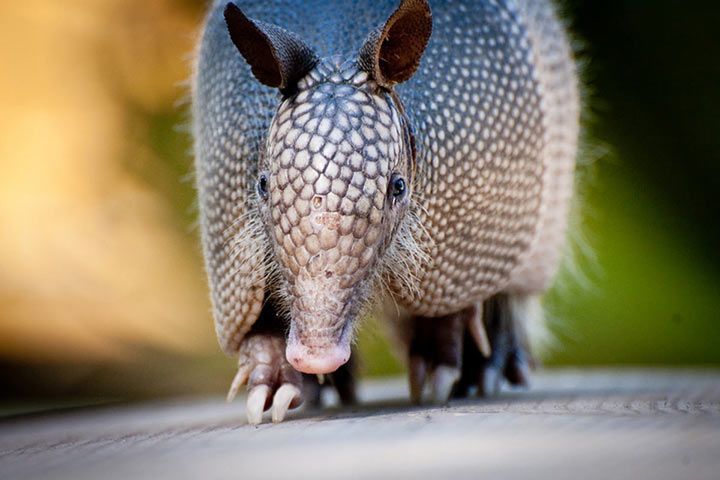
Behavior
Armadillos Sleep All Day Long
Armadillos sleep 18.5 hours every day.
How Armadillos Cross a River
An armadillo has two methods to cross a river:
1. It fills its stomach and bowels with air and swims across the water like a small balloon.
2. It lets itself sink to the ground like a stone and uses its sharp claws to walk to the other shore.
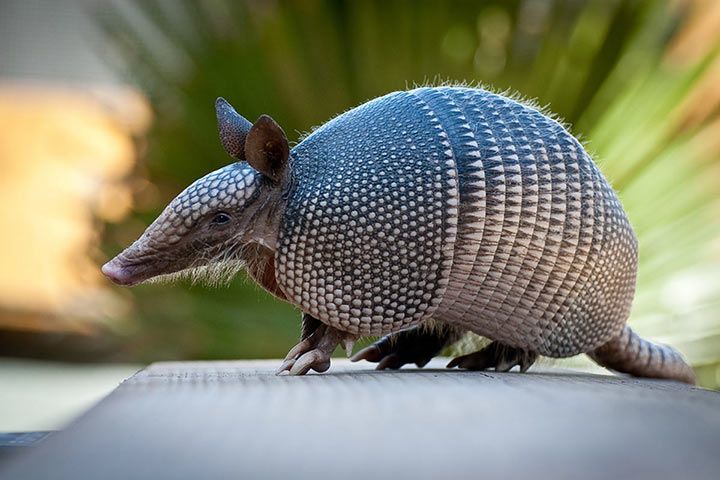
Reproduction
Armadillos are loners and only come together during the mating season. Depending on the species, the gestation period is 2-4 months. The shell of the babies is still soft and flexible at birth and takes some time to harden.
Armadillos Give Birth to Quadruplets
Imagine you had three brothers or sisters that all look the same and have the same gender. This is not unusual, but normal in the case of the nine-banded armadillo. It always gives birth to four babies that are absolutely identical. The seven-banded armadillo even has 7-9 identical babies.
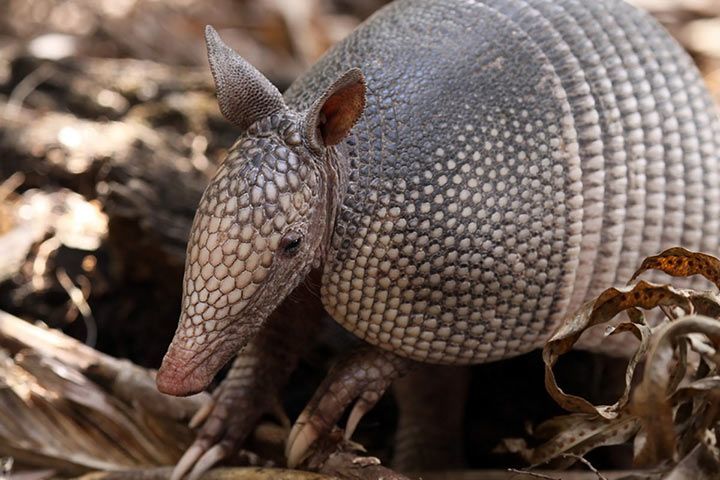
Fun Facts
Armadillos Are Prone to Leprosy
Due to their weak immune system and their low body temperature, armadillos are rather susceptible for leprosy. This is an infectious disease caused by bacteria, which can also affect human beings. Infected persons do not feel any pain and get infected with additional diseases via undetected open wounds. Today, leprosy can be easily cured. It still is a serious problem in Third World countries, which often can only offer inadequate medical treatment.
How the Armadillo Got Its Scientific Name
The scientific name of the armadillo is “Dasypus novemncinctus”. “Dasypus“ is the Greek word for “hare“. “Novem“ and “cinctus” are Latin terms and mean “nine” and “belt”. Might there be just a hare hidden in the shell of the nine-banded animal? Only joking!
Extinct Armadillos
The glyptodon, a giant armadillo, lived about 12,000 years ago. It weighed up to 3,086 lb (1,400 kg) and was more than 9.8 feet (3 meters) long. As large as a small car! It became extinct at the end of the ice age.
The Armadillo Is Related To:
- Giant Anteater
- Sloth
Animals in the Same Biome:
- Find Out More:
- Animals That Sleep the Most
- Amazing Facts About Animal Teeth
















